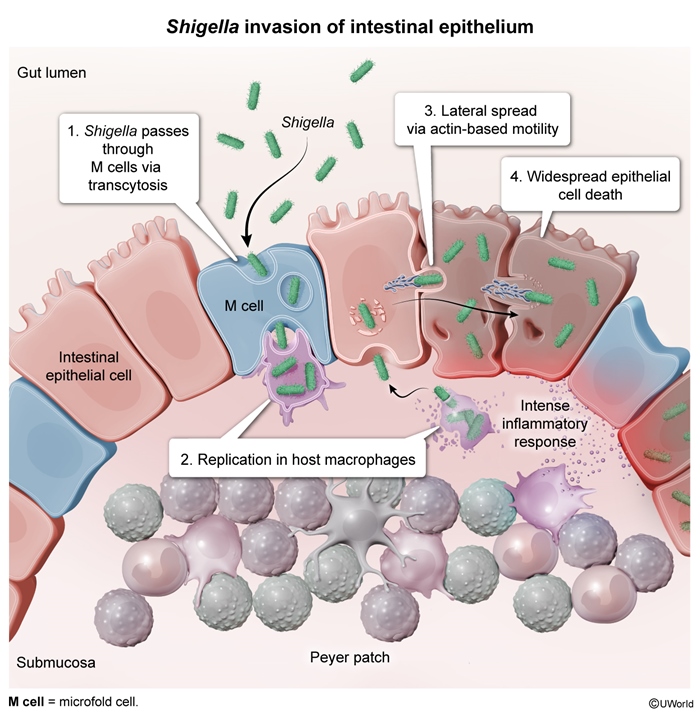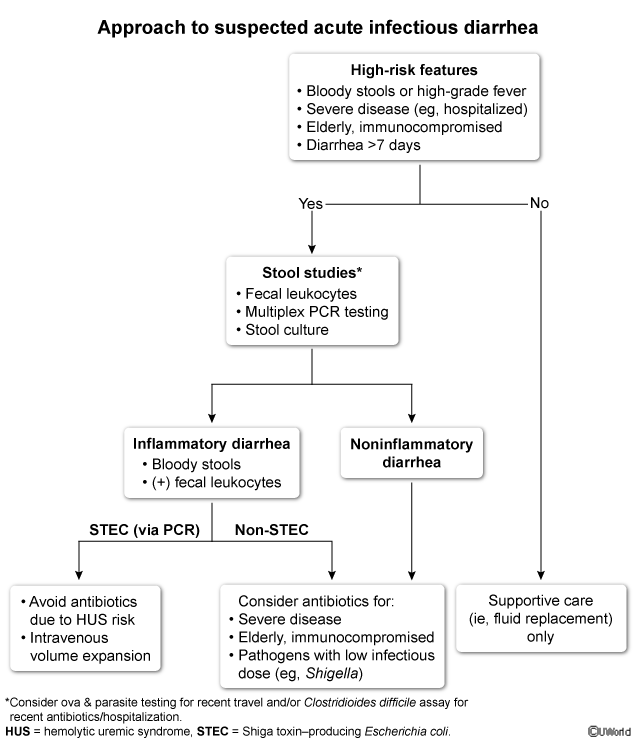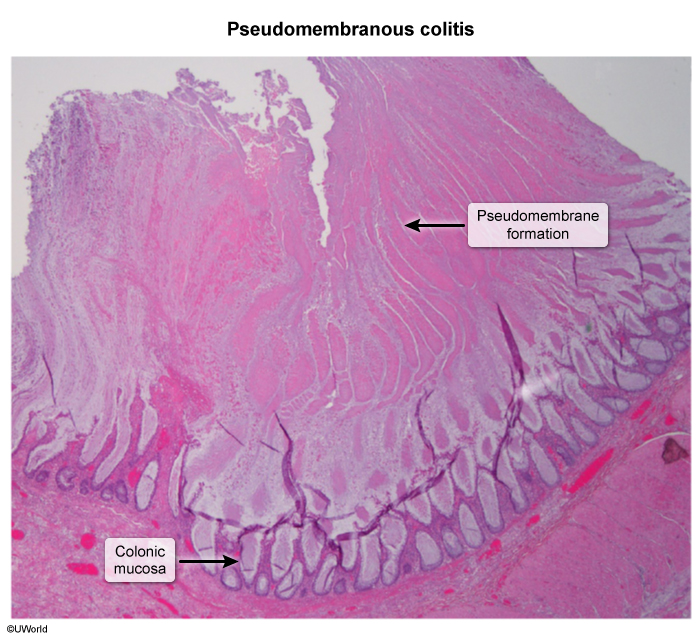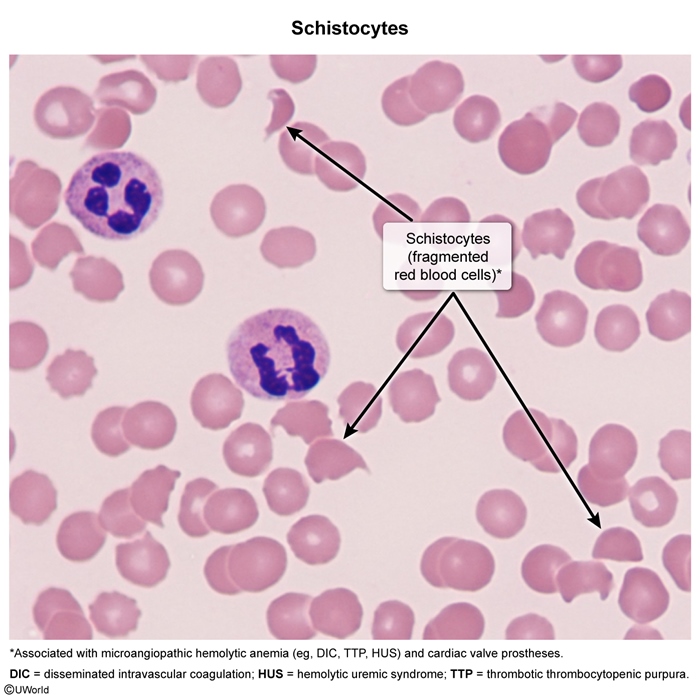Shigella Infection (Shigellosis)
Article Sections
Introduction
Shigellosis is caused by Shigella species bacteria, a group of gram-negative, facultative intracellular pathogens. It is characterized by acute diarrhea (with progression to bloody diarrhea), fever, and abdominal cramping. This highly transmissible disease spreads primarily via the fecal-oral route (eg, contaminated food or water, direct person-to-person contact). Humans are the only natural reservoir for this infection. Shigellosis is particularly prevalent in regions with inadequate sanitation or overcrowding and can lead to severe complications such as hemolytic uremic syndrome (HUS).
Pathophysiology
Shigella invade the intestinal (primary colonic) epithelium through microfold (M) cells in the mucosa. The bacteria can spread laterally via actin polymerization, avoiding immune detection (Figure 1). Replication within host macrophages results in apoptosis and causes a profound inflammatory response with ulceration of mucosal cells (leading to bloody and mucoid diarrhea). The Shiga toxin, produced by certain strains (eg,
Continue Learning with UWorld
Get the full Shigella Infection (Shigellosis) article plus rich visuals, real-world cases, and in-depth insights from medical experts, all available through the UWorld Medical Library.
Figures



Images

